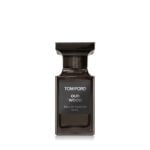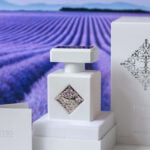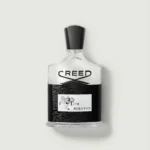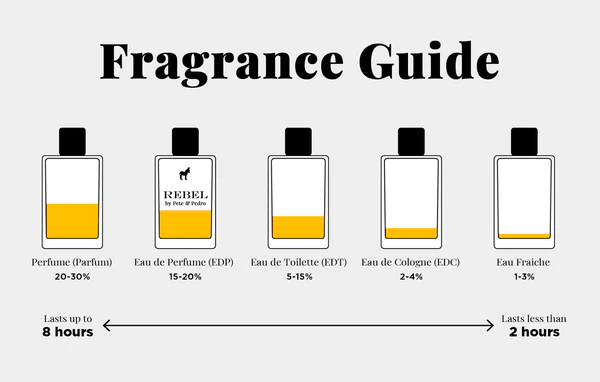When it comes to fragrance concentrations, Eau de Parfum (EDP) is one of the most popular and widely available options. However, it’s important to note that the specific classification of fragrances can vary among different perfume houses and regions. Generally, the following are the most common types of Eau de Parfum:
- Eau de Parfum (EDP): Eau de Parfum is a popular fragrance concentration that typically contains a higher concentration of aromatic compounds compared to other variations. It usually ranges from 15% to 20% fragrance oils and is known for its longevity and intensity. EDPs offer a rich and long-lasting scent experience, making them suitable for both daytime and evening wear.
- Eau de Toilette (EDT): Eau de Toilette is a lighter concentration of fragrance compared to Eau de Parfum. It usually contains a lower percentage of fragrance oils, typically ranging from 5% to 15%. EDTs are known for their refreshing and uplifting qualities, making them popular for daily wear and warmer climates. They tend to have a moderate longevity and projection.
- Eau de Cologne (EDC): Eau de Cologne, sometimes referred to simply as Cologne, is a lighter concentration with a higher proportion of alcohol compared to fragrant oils. It typically contains around 2% to 4% fragrance oils. EDCs are characterized by their fresh and invigorating qualities, often featuring citrus notes. They are generally used as a refreshing and revitalizing splash, with a shorter longevity compared to EDPs and EDTs.
- Extrait de Parfum (Parfum): Extrait de Parfum, also known as Parfum or Perfume, is the highest concentration of fragrance available. It contains the highest percentage of aromatic compounds, typically ranging from 20% to 40% or even higher. Parfums offer a highly concentrated and long-lasting scent experience, with only a small amount needed for each application. They tend to be more expensive due to their high concentration of fragrance oils.
It’s worth noting that these classifications are not universally standardised, and variations in concentration and terminology can exist between perfume brands and regions. Additionally, perfume houses may offer additional variations such as Eau Fraiche, which generally has a lower concentration of fragrance oils than Eau de Cologne. It’s always advisable to refer to the specific concentration information provided by the perfume brand or retailer to understand the intensity and longevity of a fragrance accurately.









No Comment! Be the first one.